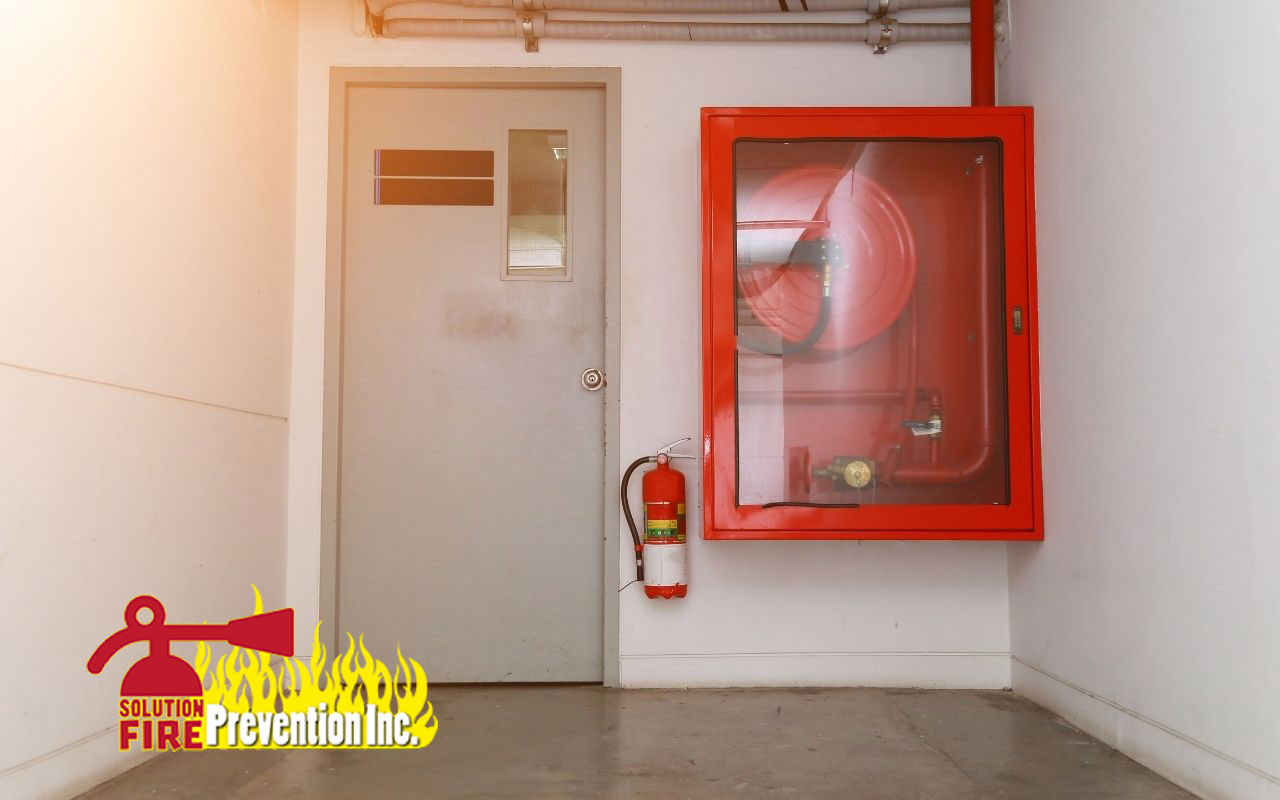

A standpipe system is crucial in any building for firefighting purposes. It may seem complicated to understand what is a standpipe system at first. However, you need to have a notion of why they are so important, the common types, and their functions.
If you live, work, or study in a building, you may have noticed some fire hose stations in the hallways. If you are curious enough, you may wonder about fire safety measures or how firefighters would deal with a fire.
A standpipe system is a major defining factor when it comes to saving lives in the event of a fire. Keep reading this article to know more.
What Is a Standpipe System? | How Does It Work?
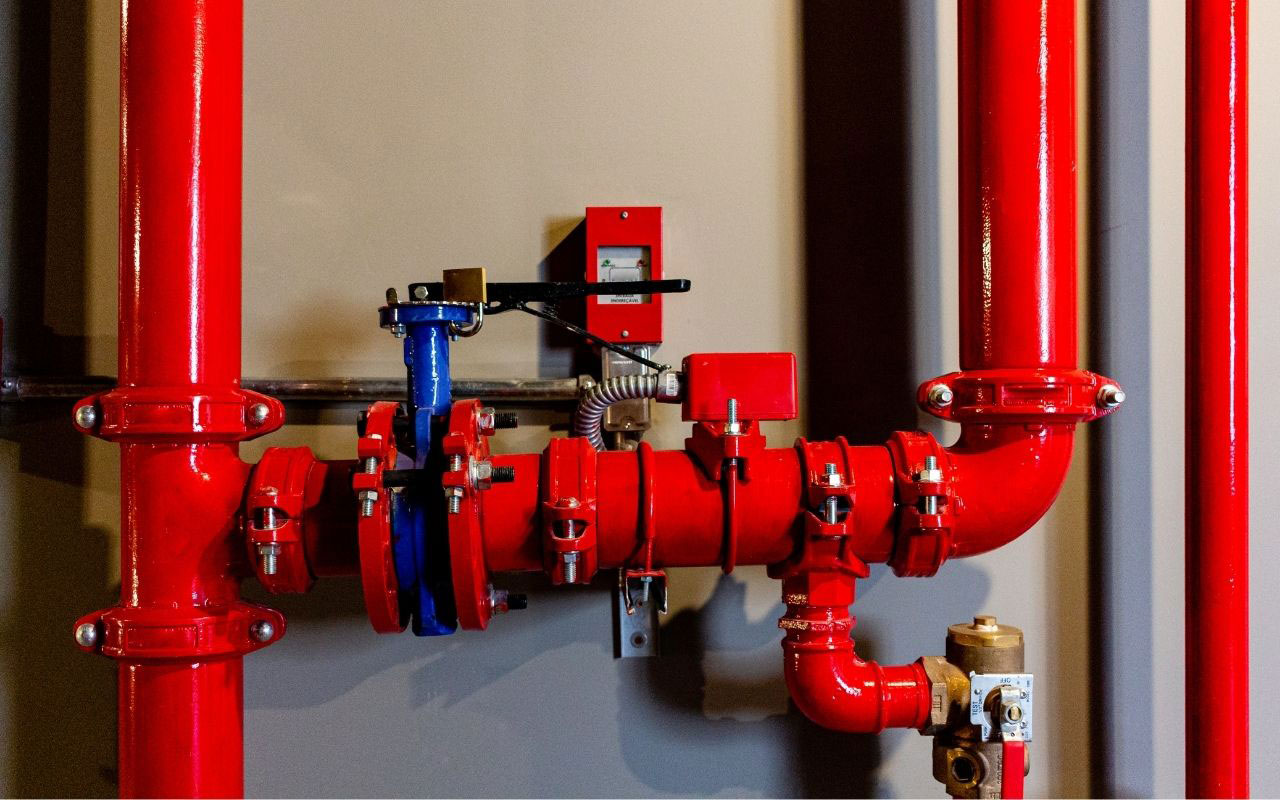

First, let’s answer what a standpipe system is and its primary purpose?
A standpipe system involves all the components that make it possible to transfer water from a water supply to the several hose connections in a building. These connections facilitate the firefighter’s work during a fire.
Consequently, it would be impossible for firefighters to stop a fire on a three-story building without a standpipe system.
There are minimum requirements for installing a standpipe system, commonly stated in every city building code around the United States. A building construction project owner, architect, and insurer must have a thorough understanding and knowledge of these codes.
At a very early stage of the construction, the person or institution in charge of the design must carefully decide on the right standpipe system, the fire extinguishers, and sprinklers. Likewise, they must contemplate the pipe and equipment locations in the building design.
Professionally designed and installed systems reduce the risk of fire department staff, which, in turn, increases the likelihood of avoiding tragedies.
Types of Standpipe System and Their Functions
There are several categories of standpipe systems. Each standpipe system has its particular components, functions, and requirements.
Wet System vs. Dry System
This classification depends on the type of pipes and hose connections. Wet systems are most common in residential buildings, and building occupants can use them. As its name indicates, the pipping remains permanently with water in the wet system.
On the other hand, dry systems are for unheated places, typically buildings under construction. In the dry systems, the pipping is dry or filled with air. Only firefighters can use this system.
Automatic, Semi-Automatic, or Manual System
Standpipe systems could also be automatic, semi-automatic, or manual, depending on their water supply.
As the name indicates, automatic systems provide the required water and pressure right after the opening of the valve. There’s always water on the pipes in an automatic wet system.
Accordingly, in an automatic dry standpipe, the air is in the pipes and allows water to pass only when in use. This type of system is common in buildings where the lines are prone to freezing.
Similarly, semi-automatic systems provide water or pressure right after activating a switch or fire pump. In contrast, Manual wet standpipe systems require that firefighters manipulate them to start the water supply.
Classes of Standpipes Found In Buildings
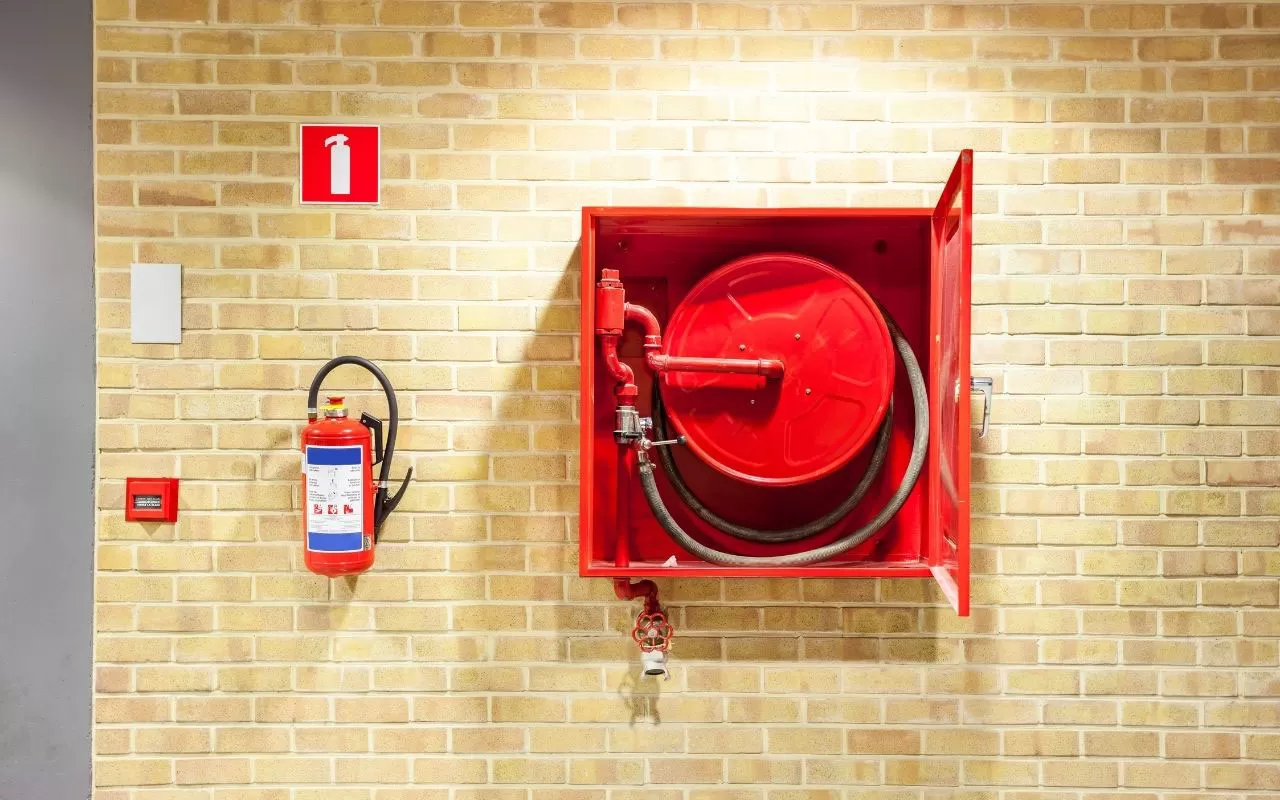

At last, there are three classes of standpipe systems: Class I, Class II, and Class III.
Class I standpipe: These are for buildings with over three stories, and the fire department is the only one that must use them. It includes a 2 ½ inch hose connection; however, it doesn’t provide the hose.
Class II standpipe: These are typically found in old buildings, and occupants can use them as a first-aid measure before the department arrives. This type of system provides a 1.5-inch hose connection and the hose.
Class III standpipe: This is a combination of Class I and Class II standpipe systems features, which means that they have building occupants and fire department connections and include the hose.
Whenever the highest floor level is located at least 30 feet above the lowest floor that the fire department can reach, it must have a Class III standpipe system.
There are also regulations regarding the required location and pressure of the hose outlets for each class of standpipe system.
Fire Sprinkler System vs. Standpipe System, What’s the Difference?
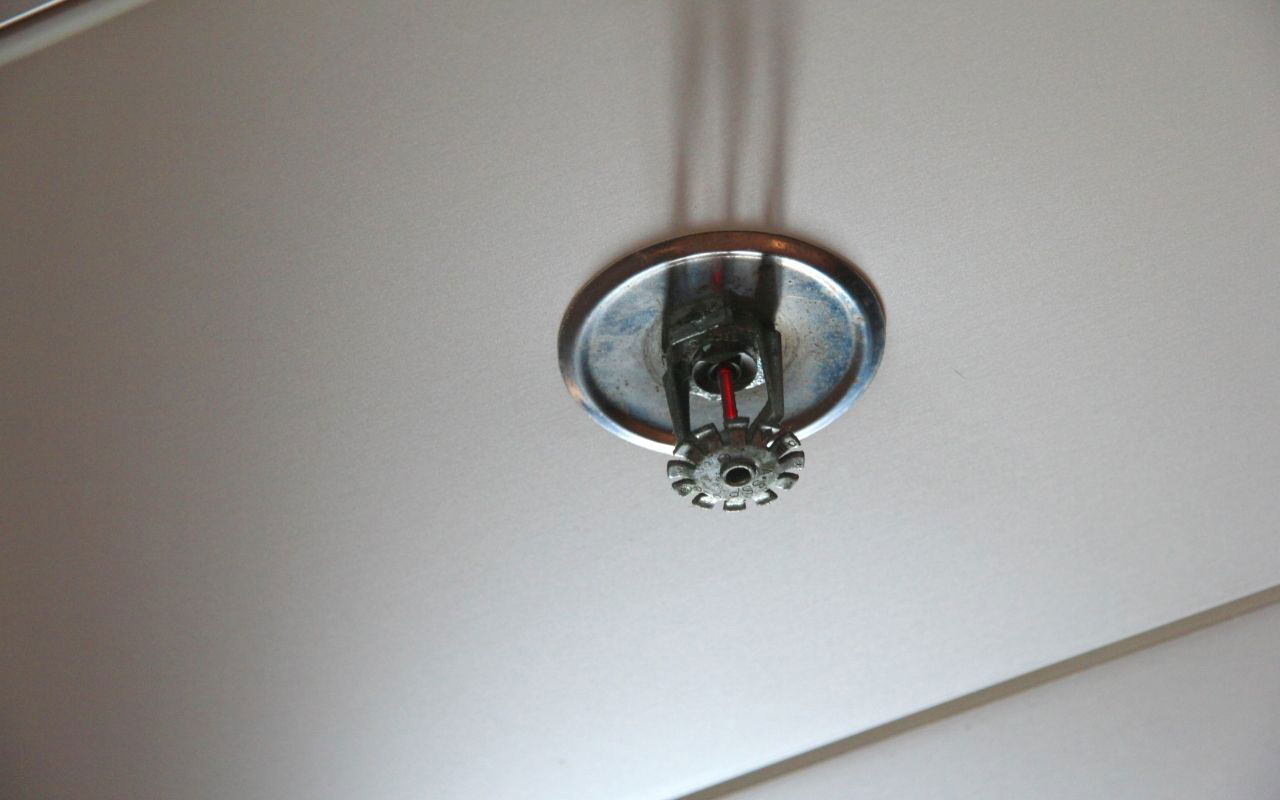

Whenever we refer to standpipe systems, we refer to all the piping and hose connections in a building.
When adding fire sprinkler heads, however, it becomes a combined fire sprinkler system and standpipe system. Therefore, a combination system not only supplies water to the hose connections but also to the sprinklers.
Nowadays, including fire sprinkler systems in New York buildings is mandatory. However, it’s common to find older buildings without sprinkler systems.
Sprinklers activate when the environment rises to a specific temperature. This type of system has increasingly helped in fire protection and life-saving for years now.
Additionally, the innovative technology of sprinklers has allowed the development of different systems that react to various temperatures.
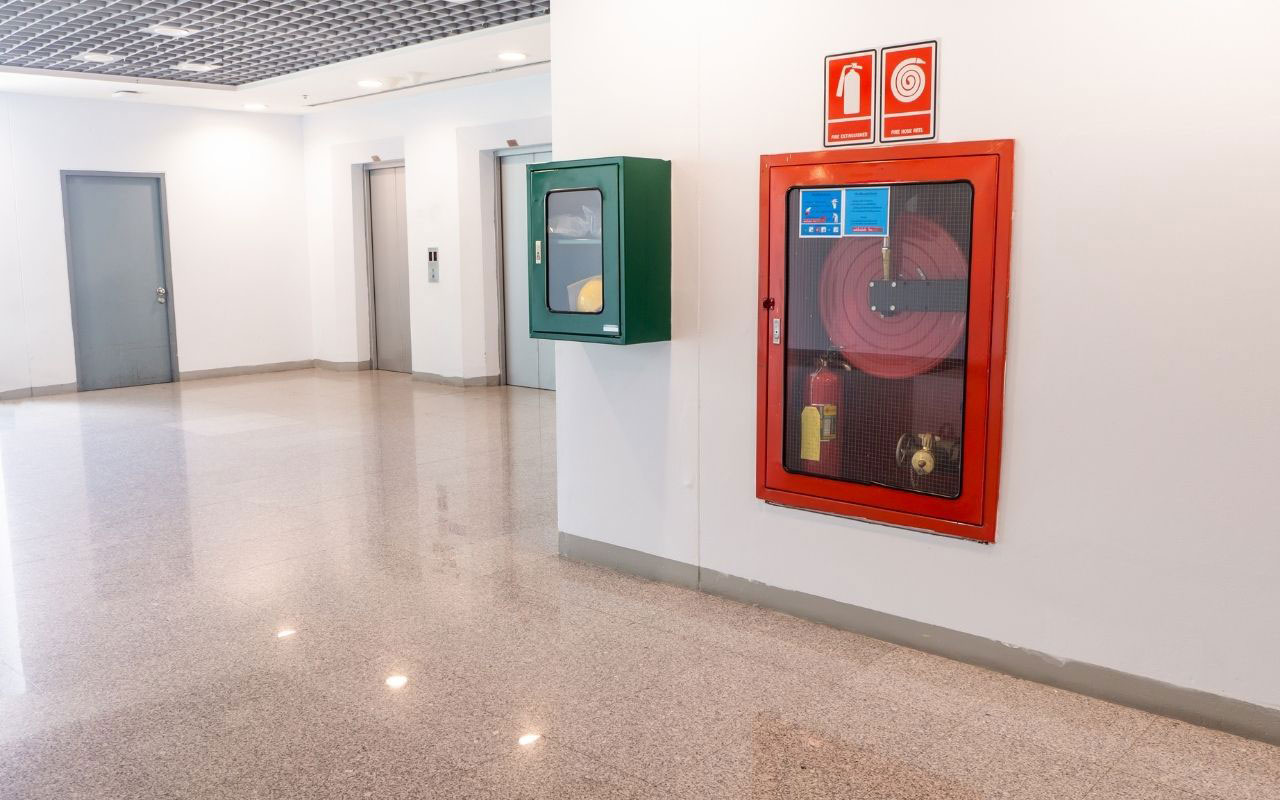

A manual wet pipe system is the most common when involving sprinklers heads. In this type, each sprinkler activates independently to release water.
There are other types of systems, such as preaction and deluge. Preaction systems require two activation steps: 1) releasing the water and 2) activating each sprinkler independently. This technology avoids water damage in case of a false alarm. While in the deluge, the sprinkler head is always open.
In brief, the main task of a standpipe system is to receive water from an underground supply and distribute it through sprinkler systems to facilitate the fire department’s work in the event of a fire.
Find The Best Services For Fire Prevention in New York
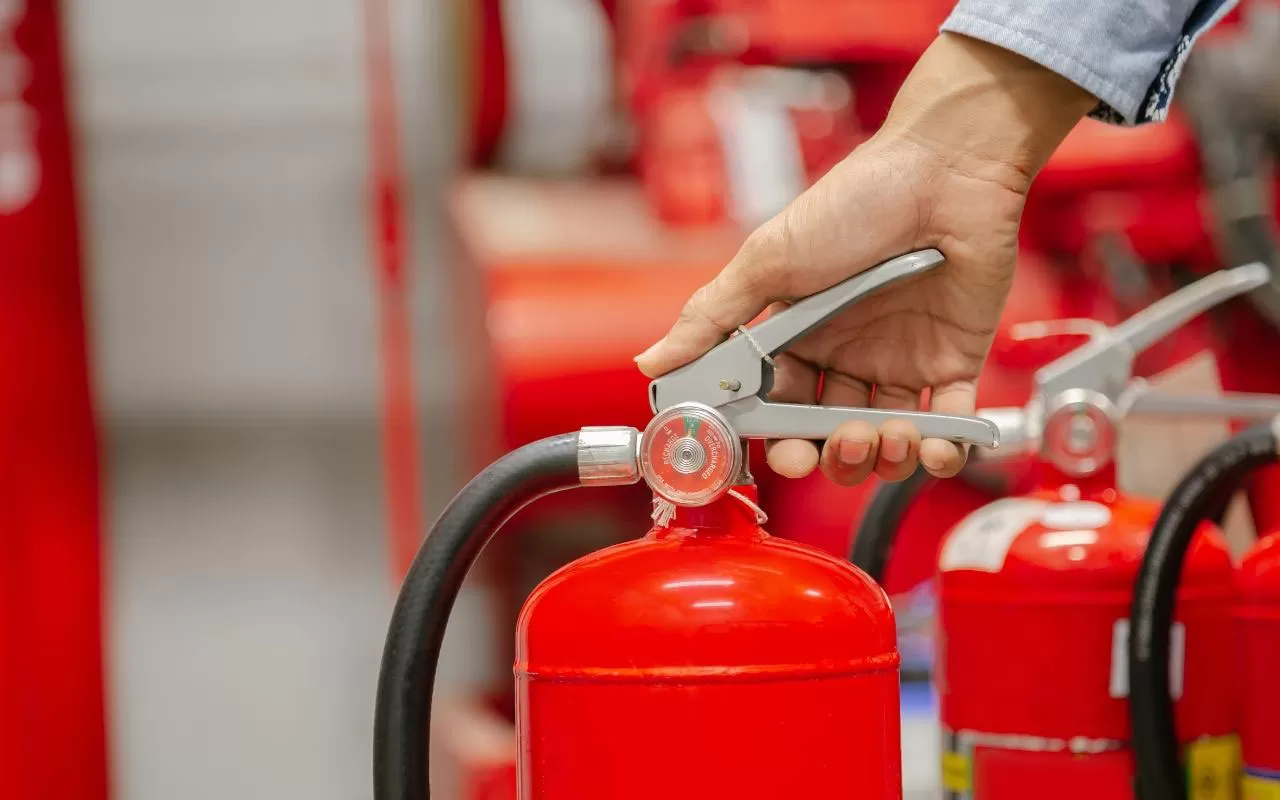

If you want to know more information about this topic, don’t hesitate to contact us. We have a team of highly trained technicians who will be able to answer questions and assist with fire prevention at Solution Fire Prevention.
With over 20 years of experience assisting business and residential owners by providing reliable fire protection services in Brooklyn, NY. We can help you install and maintain your fire extinguishers, fire sprinklers, fire alarms, and more.
Call us to get information or a free estimate!
